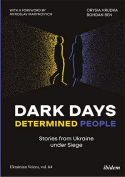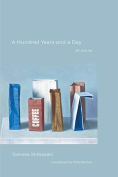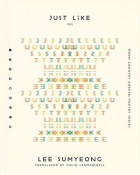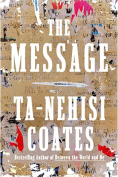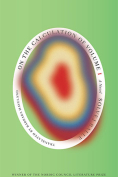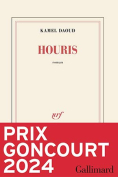On the Calculation of Volume (Book I) by Solvej Balle
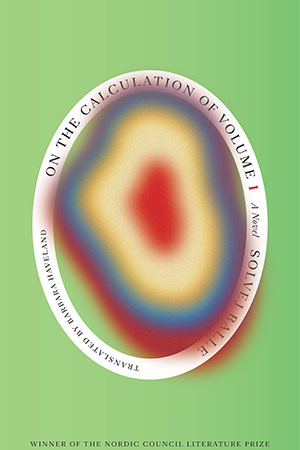
New York. New Directions. 2024. 160 pages.
Danish author Solvej Balle (b. 1962) commences a seven-volume novel surveying time through the lens of alluring language. Here in Book I, protagonist Tara Selter appears stuck seemingly forever within the confines of a single rainy fall day in northern France. She recalls the past up to November 18th but can’t move into the 19th.
We meet Tara as she’s lived that day 122 times already. She’s now memorized its itinerary and can predict each event down to the second before it will occur—and yet everyone else goes on as usual. Is she losing her mind? Tara begins a journal to ponder that possibility. Balle presents Tara speaking in first person through these entries. Tara frames the situation as “a fracture in the normal progression of time.”
Tara and her husband, Thomas, deal in antiquarian books, specializing in illustrated works from the eighteenth century: “T. & T. Selter. That’s us. But time has come between us.” She begins to wonder whether they’re living in parallel universes. The reader’s mind conjures up possible scenarios to explain this state of affairs, experiencing each diurnal recurrence along with Tara. Balle, however, is an expert fly-fisher, angling for our attention before tossing out the lure of a new clue to hook our inner detectives. The effect is tantalizing.
Other characters appear, such as Peter Maurel. He deals in coins from imperial Rome and has known Thomas since their early teens. Tara visits him and his wife, Marie, when she travels to Bordeaux to purchase books at auctions. While Thomas takes care of cataloging and shipping, Tara searches for rare antiquarian books. They live in the house where Thomas grew up near the town of Clairon-sous-Bois. While Balle centers her attention on Thomas and Tara, her focal point is on Tara alone.
Living through an identical humdrum banal day a merciless number of times, Tara little by little realizes she may have outgrown not only the house but perhaps also her marriage. The words in her journal showcase the power of writing to make sense of the world by sounding it out. Sentences such as “I felt alone” and “I don’t belong” begin to accumulate into an awareness. One day, she realizes she has a mood: “That is new,” she writes.
Additionally, she analyzes the never-ending day through scientific method, employing its entire septology: Question, Research, Hypothesis, Experiment, Data Analysis, Conclusion, and Communication. Juxtaposing the methods of nonfiction onto fiction, Tara elicits investigative input from Thomas, but to no avail.
Meanwhile, Balle practically swoons over the tactility of volumes. The book is rife with discerning descriptions of the book trade. She describes Tara developing an “almost physical” instinct for what to buy: “I don’t know what it is that seals it for me, because even though I generally know which works I’m interested in, usually I’m not absolutely sure whether I want to buy a book until I have it in my hand.”
And having had Book I in hand, I’m intrigued. Why? What makes Balle’s approach different from books about time travel, detective mysteries, feminine analysis, or existential philosophy is the way she blends them at such an intense speed. It’s as if the reader were on a thrill ride at an amusement park.
“Buckle up,” she implies as she plants a potential pathway into Book II—not so much a cliffhanger hinting at a way the plot might proceed as it is a beckoning. Balle snagged me. I definitely want to read Book II, not to mention the remaining five.
“It’s the words that do it,” Tara writes in her journal, and I believe she’s right.
Lanie Tankard
Austin, Texas




